- Home
- Features
- Business
- Active
- Sports
- Shop
Top Insights

Want to build an AI application without being controlled by anyone? Want to own your AI creations?
Let’s explore it in the following article by Coinbold.
Table of Contents
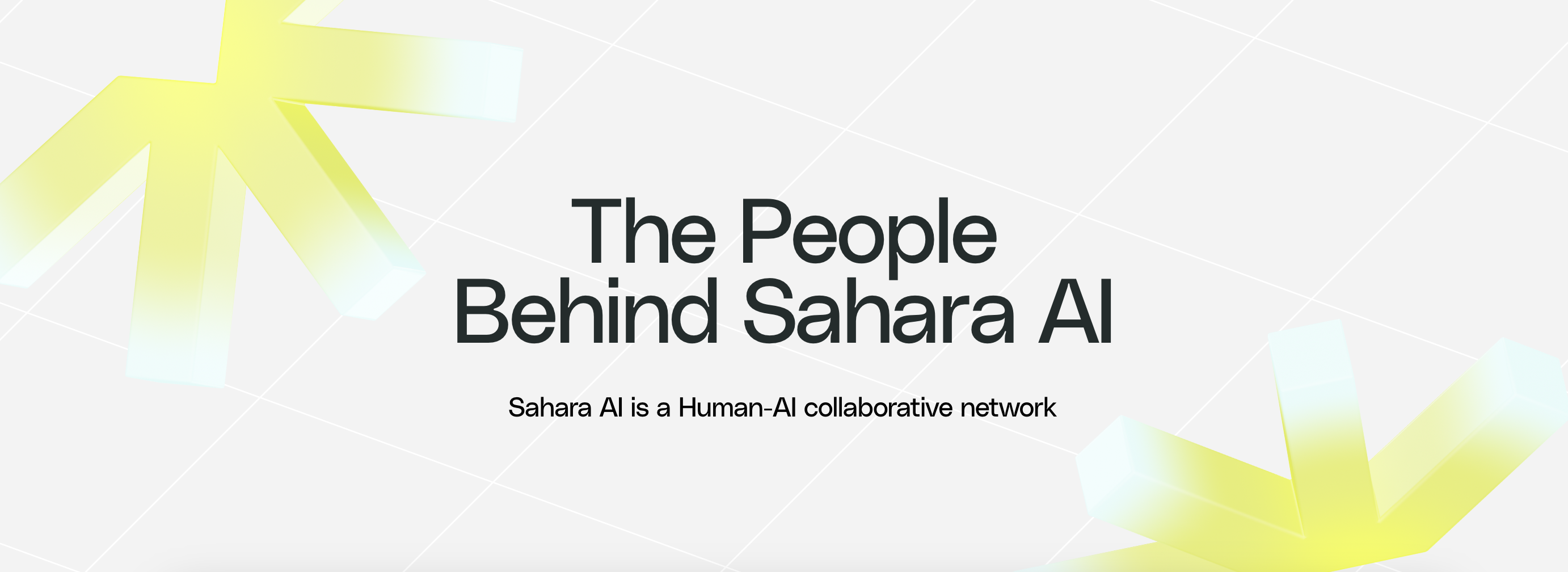
Sahara AI is revolutionizing the AI industry by putting the power back in the hands of the people. It creates an open space where anyone can develop and share AI applications. With Sahara AI, the future of AI is no longer controlled by a few big corporations. Let’s explore how Sahara AI is reshaping the AI industry and creating a fairer AI future.
What is Sahara AI?
Sahara AI is a decentralized blockchain designed to foster an open, equitable, and collaborative AI economy. The platform aims to address the inherent limitations of centralized AI platforms, including lack of transparency, centralized control, and unequal access. Sahara AI offers a transparent, secure, and inclusive AI ecosystem, empowering individuals to collectively own and shape the future of artificial intelligence.
Sahara AI’s vision and mission
How can we create a fair, transparent, and decentralized AI economy? Sahara AI offers an innovative solution by leveraging blockchain technology. Let’s delve into the key aspects of Sahara AI’s vision and mission.
Empowering AI with Blockchain
- Proof of Ownership: Sahara AI utilizes blockchain to establish clear ownership rights for AI assets, including models, data, and agents. This fosters transparency and prevents ownership disputes, boosting trust and collaboration.
- Transparent Reward Distribution: Blockchain enables accurate tracking and recording of contributions made by individuals in developing and utilizing AI assets. This ensures fair and transparent distribution of rewards, encouraging active participation from all stakeholders.
- Security and Transparency: Blockchain creates a transparent system where all transactions and data are securely recorded and traceable. This enhances security and minimizes fraud, building trust among users.
AI-Specific Blockchain Features
- Federated Learning Protocols: Sahara AI is developing blockchain protocols to support federated learning, enabling collaborative training of AI models. This unlocks the potential for more powerful and efficiently trained AI models.
- Homomorphic Encryption and Secret Sharing: Sahara AI incorporates data privacy features like homomorphic encryption and secret sharing to protect AI data and assets while enabling computation and data sharing.
- Decentralized AI Assets: Sahara AI allows users to create and own decentralized AI assets, giving them full control and management of their assets.
Challenges and Opportunities
Scaling blockchain to handle the massive data and transaction volumes generated by AI applications remains a challenge. Building a strong community of developers, users, and investors is essential for the success of Sahara AI. Optimizing consensus mechanisms to ensure fast and efficient transaction processing is another critical area.
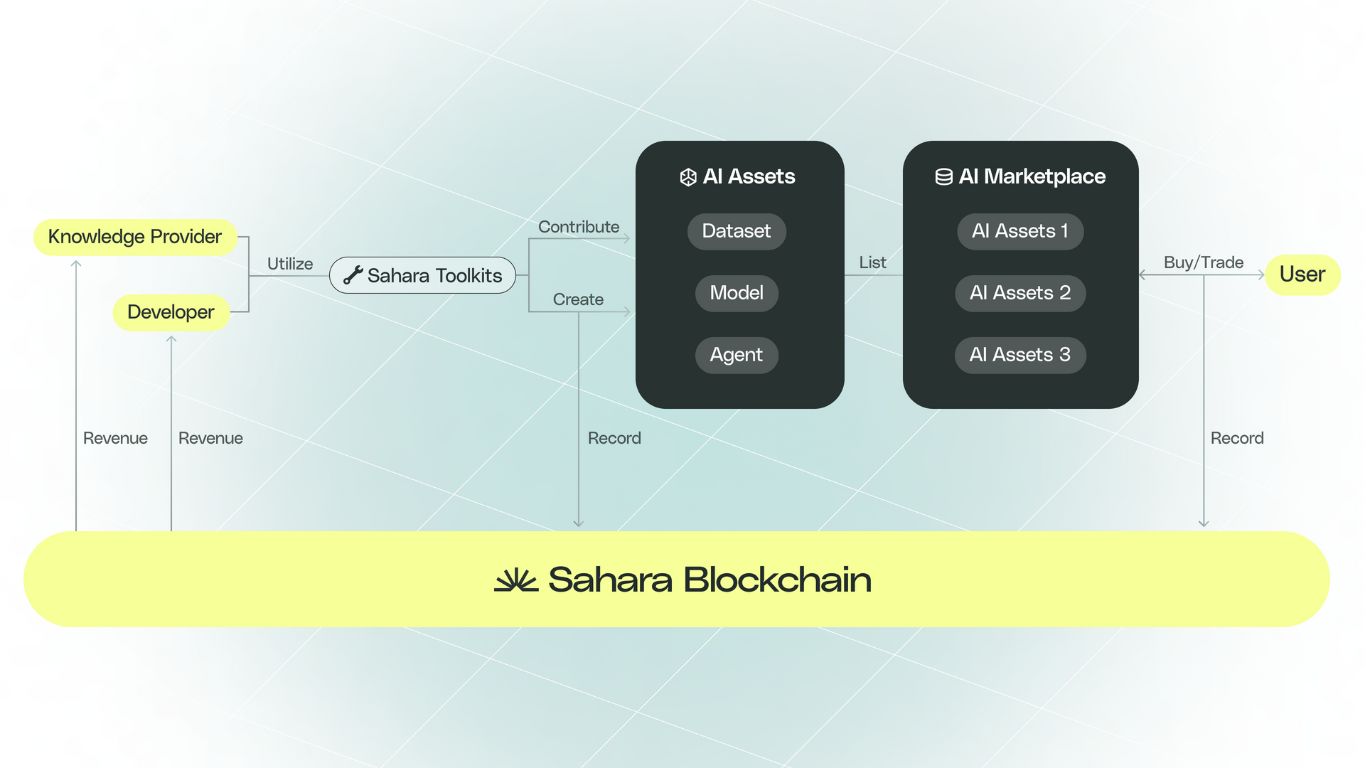
Sahara AI is a promising initiative that leverages blockchain technology to address fundamental challenges in the AI industry, particularly ownership and reward distribution. The platform has the potential to usher in a new era of AI where ownership, transparency, and collaboration are core principles. However, overcoming challenges such as scalability, community building, and consensus mechanism optimization is crucial for its success.
Sahara AI’s Architecture
Sahara AI is built on a layered architecture, combining both on-chain and off-chain components to support AI activities comprehensively and efficiently. This architecture can be divided into four main layers:
Application Layer
- The primary user interface of the platform, where developers and users interact with the features and services of Sahara AI.
- Provides integrated applications to facilitate the creation and management of AI assets.
- Includes development and deployment tools that cater to varying skill levels.
- Key components include Sahara Agent, Sahara Vaults, and Sahara Toolkits.
Transaction Layer
- A decentralized blockchain platform that uses the Tendermint consensus mechanism to ensure safety and security.
- Manages ownership, provenance, and transactions related to AI assets.
- Utilizes specialized blockchain protocols designed for AI, including AI asset management protocols and secret-sharing protocols.
Data Layer
- Manages the storage and retrieval of data for AI operations, encompassing both on-chain and off-chain data.
- Integrates decentralized data storage solutions like IPFS for critical data and traditional cloud storage for handling large data volumes.
- Implements advanced data security mechanisms to ensure privacy and data protection.
Execution Layer
- Executes AI protocols and functions, handling tasks related to AI computation, model training, and asset management.
- Employs specific protocols for AI, including collaborative model training, homomorphic encryption, and secret-sharing protocols.
- Manages computational resources efficiently, optimizing performance and cost.
- Incorporates components such as Vaults, AI Agents, and execution protocols.
Advantages of the Layered Architecture
- Enhanced scalability: The layered architecture allows the platform to scale easily to meet the growing demands of the AI industry.
- Transparency and security: Each layer is designed to ensure transparency and security, safeguarding data and AI assets.
- Efficiency and flexibility: The layered structure enables the platform to operate efficiently and flexibly, supporting a wide range of applications and use cases.
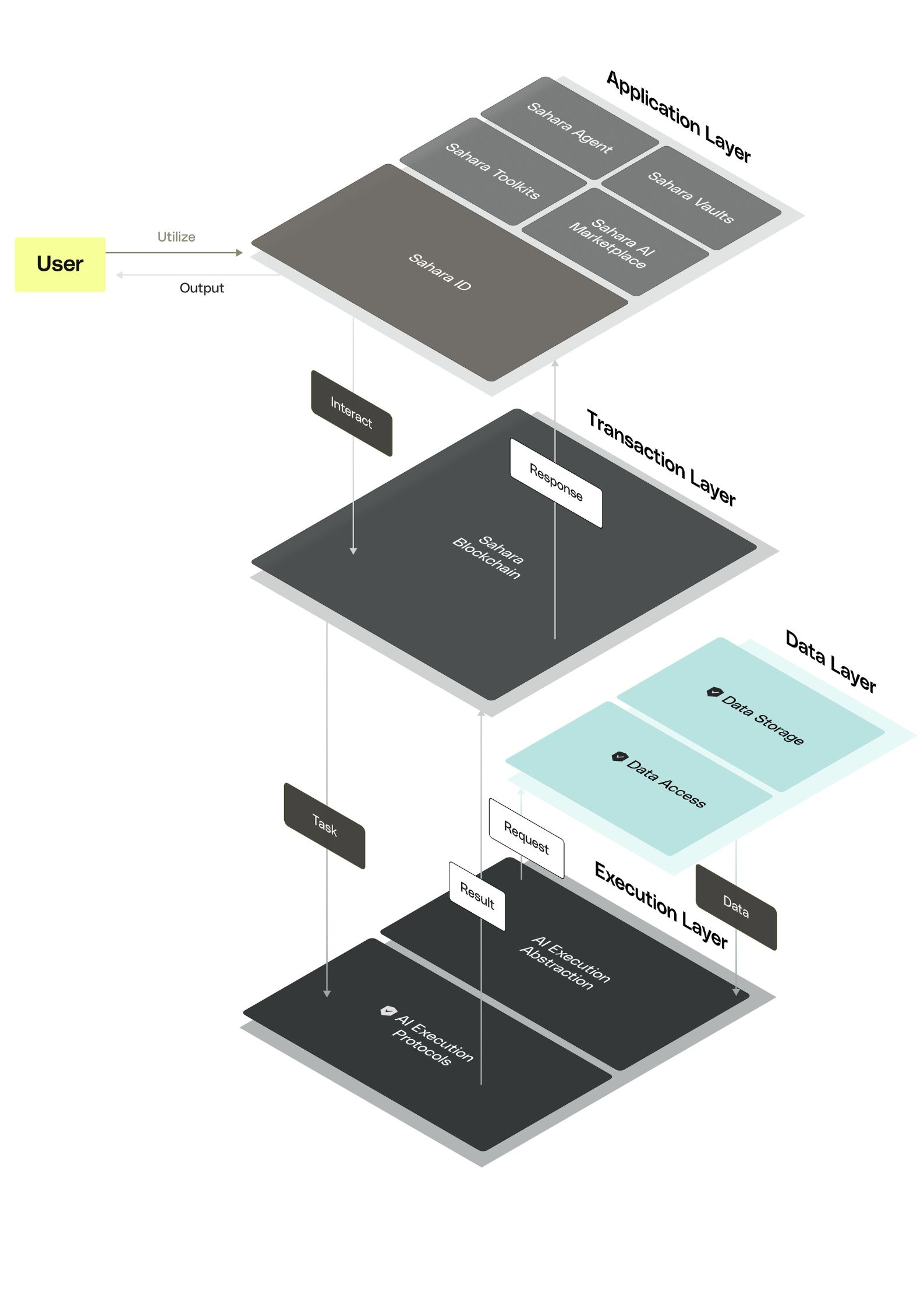
Sahara AI’s layered architecture is a smart and effective design, enabling the platform to comprehensively and efficiently support AI activities while addressing challenges related to security, ownership, and profit distribution.
However, successfully implementing this architecture will require significant efforts from Sahara AI, including building specialized blockchain protocols for AI, attracting developers and users, and proving the platform’s effectiveness in real-world applications.
* Download the Sahara AI project’s litepaper here for more information.
Sahara AI Team
The Sahara AI team is a powerhouse of experts from both the AI and Web3 industries, bringing years of experience from top tech companies and prestigious research institutions.
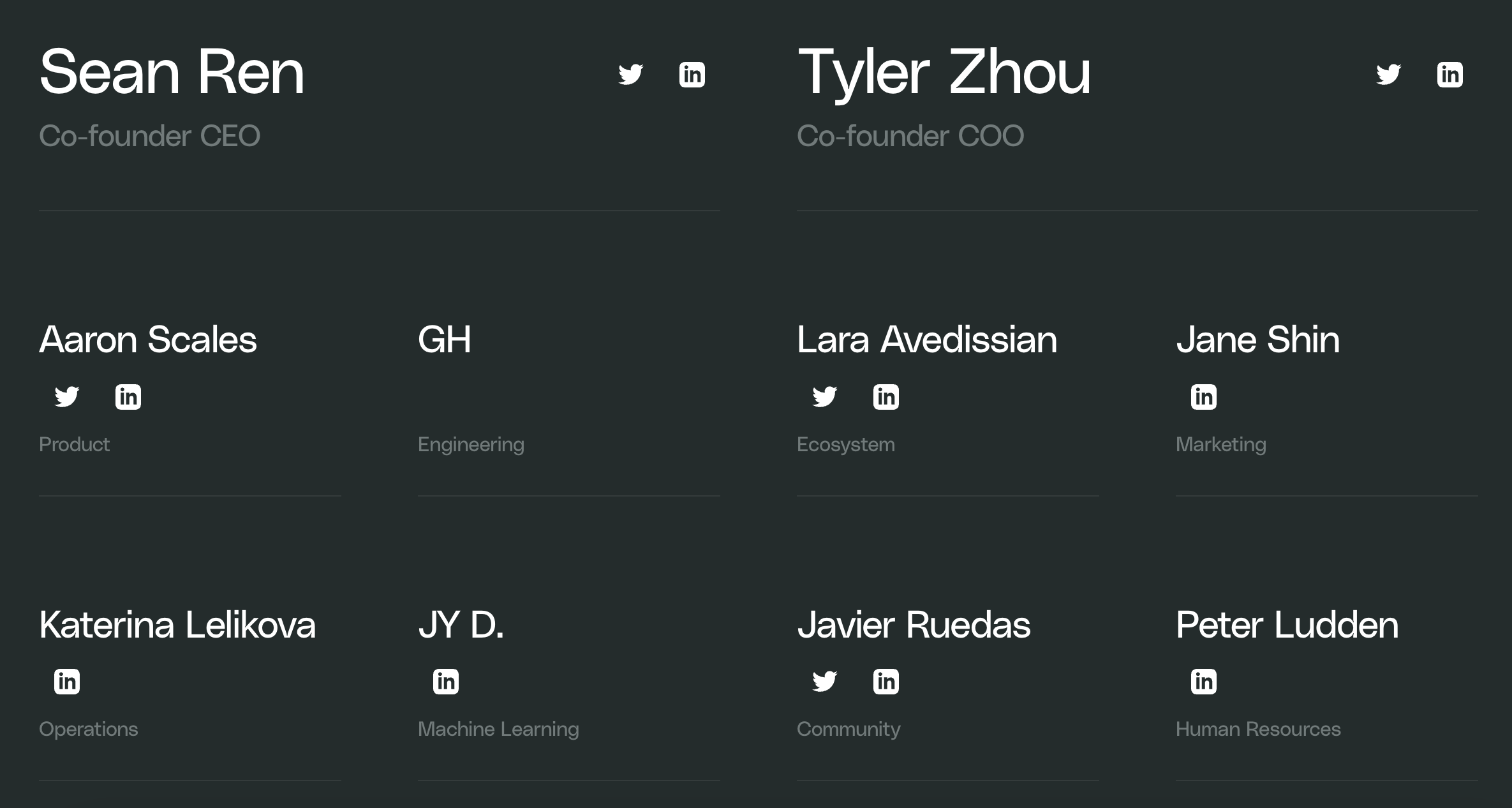
Leading the charge are the co-founders:
- Sean Ren, the CEO, is a seasoned AI expert with over a decade of experience. Ren’s research and innovation in AI have earned him accolades such as Samsung AI Researcher of 2023, MIT Tech Review 35 Under 35, and Forbes 30 Under 30.
- Tyler Zhou, the COO, brings invaluable blockchain and growth expertise from his previous role as an investment director at Binance Labs.
The rest of the Sahara AI team boasts a wealth of experience from institutions like Stanford, USC, UC Berkeley, AI2, Toloka, Stability AI, Microsoft, Binance, Google, Chainlink, LinkedIn, Avalanche, and more.

Sahara AI is also fortunate to have the support and guidance of renowned experts in the AI and enterprise fields, including:
- Laksh Vaaman Sehgal (Vice Chairman, Motherson Group)
- Rohan Taori (Research Scientist, Anthropic)
- Teknium (Co-founder, Nous Research)
- Vipul Prakash (CEO, Together AI)
- Elvis Zhang (Founding Member, Midjourney)
This diverse and experienced team is poised to revolutionize the centralized AI landscape and create a collaborative AI economy that benefits all.
Sahara AI Investors and Backers
Sahara AI has recently closed a $43 million Series A funding round. The investment was co-led by prominent venture capital firms Binance Labs, Pantera Capital, and Polychain Capital, with participation from several other notable investors.
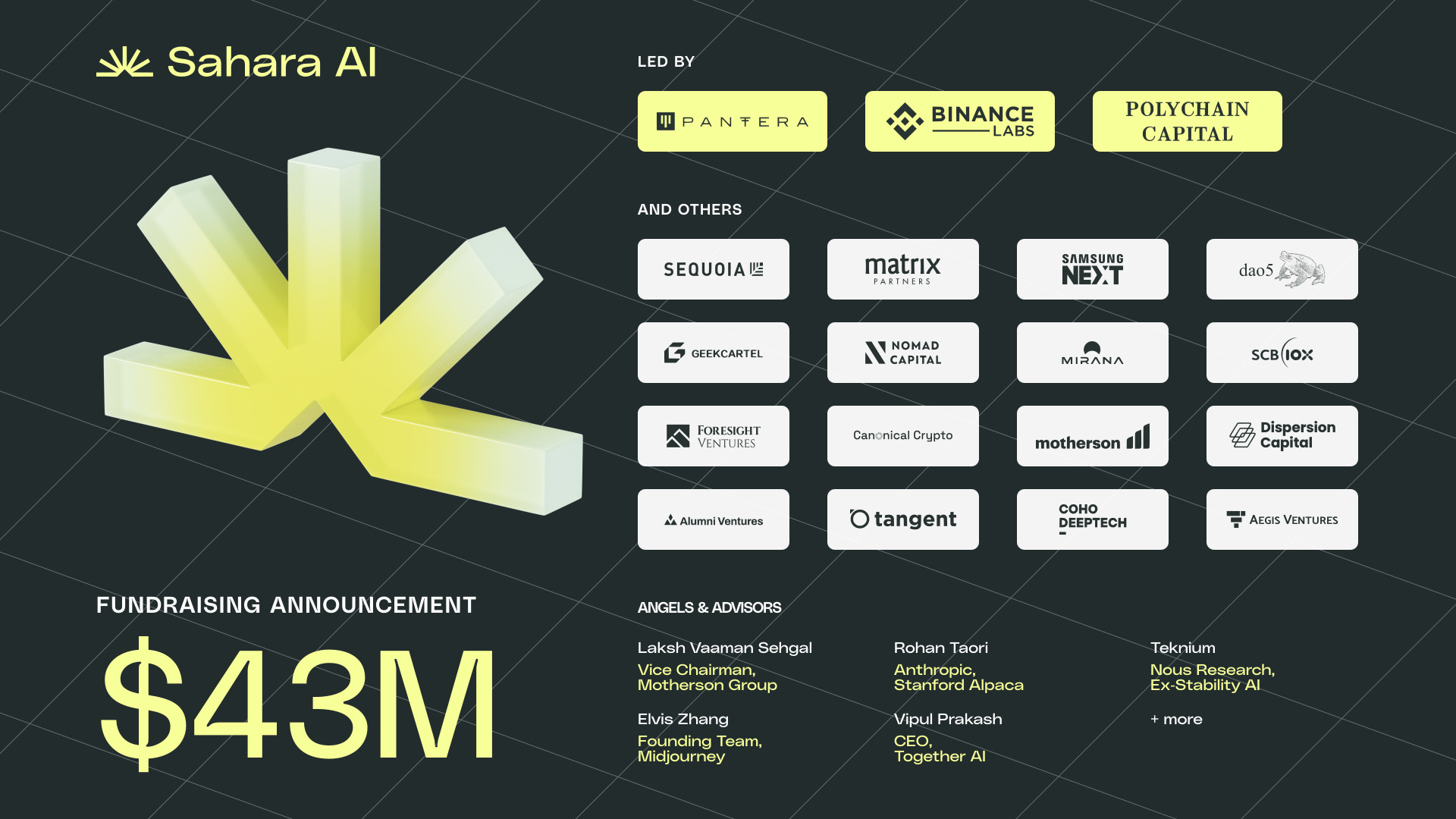
Key Investors and Supporters:
- Binance Labs: The venture arm of leading cryptocurrency exchange Binance, Binance Labs invested in Sahara AI to support its mission of democratizing AI.
- Pantera Capital: A pioneer in blockchain and cryptocurrency investing, Pantera Capital backed Sahara AI’s vision of building a collaborative AI economy.
- Polychain Capital: Another renowned venture capital firm focused on blockchain and cryptocurrency, Polychain Capital co-led the Series A round, recognizing Sahara AI’s potential to disrupt the centralized AI landscape.
- Samsung: Electronics giant Samsung also joined the funding round, demonstrating its interest in Sahara AI’s decentralized AI platform and its potential applications.
- Other Investors: The round also attracted investment from other prominent venture capital firms, including Sequoia Capital, Matrix Partners, Mirana Ventures, Foresight Ventures, Alumni Ventures, and Canonical Crypto, among others.
This significant investment is a strong endorsement of Sahara AI’s mission to create a more open, fair, and accessible AI ecosystem. By leveraging blockchain technology, Sahara AI aims to empower individuals and organizations to participate in and benefit from AI development and deployment, while ensuring data sovereignty, transparency, and fair compensation for all contributors.
With this substantial funding, Sahara AI is well-positioned to accelerate its development and expand its reach. The company plans to invest in research and development, expand its team, and build a robust ecosystem of developers and users.
Conclusion
Sahara AI represents a bold vision for the future of AI, one that has the potential to disrupt the industry and reshape how we interact with technology. By empowering individuals and organizations to own and control their AI assets, Sahara AI is paving the way for a more equitable and decentralized AI ecosystem.
What sets Sahara AI apart is its unique combination of blockchain technology, AI capabilities, and a strong focus on community. With a robust backing from prominent investors and a passionate team, Sahara AI is well-positioned to become a major player in the AI space.
While it’s still early days for Sahara AI, its potential is undeniable. As the project continues to develop, it will be fascinating to see how it addresses the challenges facing the AI industry and shapes the future of artificial intelligence.
Sahara AI is a promising project that promises to revolutionize the AI industry. However, this is just a Coinbold reference article and is not investment advice. Investment decisions always come with risks, so you should do your own research before making any decisions.
Recent Posts
Categories
Related Articles
Study: 76% of X Influencers Promoted Now-Defunct Meme Coins
A Coinwire study reveals that most crypto influencers on X promote worthless...
ByglobalreutersNovember 22, 2024XRP Army Rejoice Ripple’s 26% Daily Price Surge With Predictions of Up to $30 Per Coin
XRP is above $1.4 for the first time since May 2021.
ByglobalreutersNovember 22, 2024Bitcoin Breakout At $93,257 Barrier Fuels Bullish Optimism
Bitcoin has shattered expectations once again, surging past the critical $93,257 level...
ByglobalreutersNovember 22, 2024XRP jumps 25% as SEC may not pursue appeal after Gensler’s departure
Gensler's departure may lead to a more favorable regulatory environment for crypto,...
ByglobalreutersNovember 22, 2024


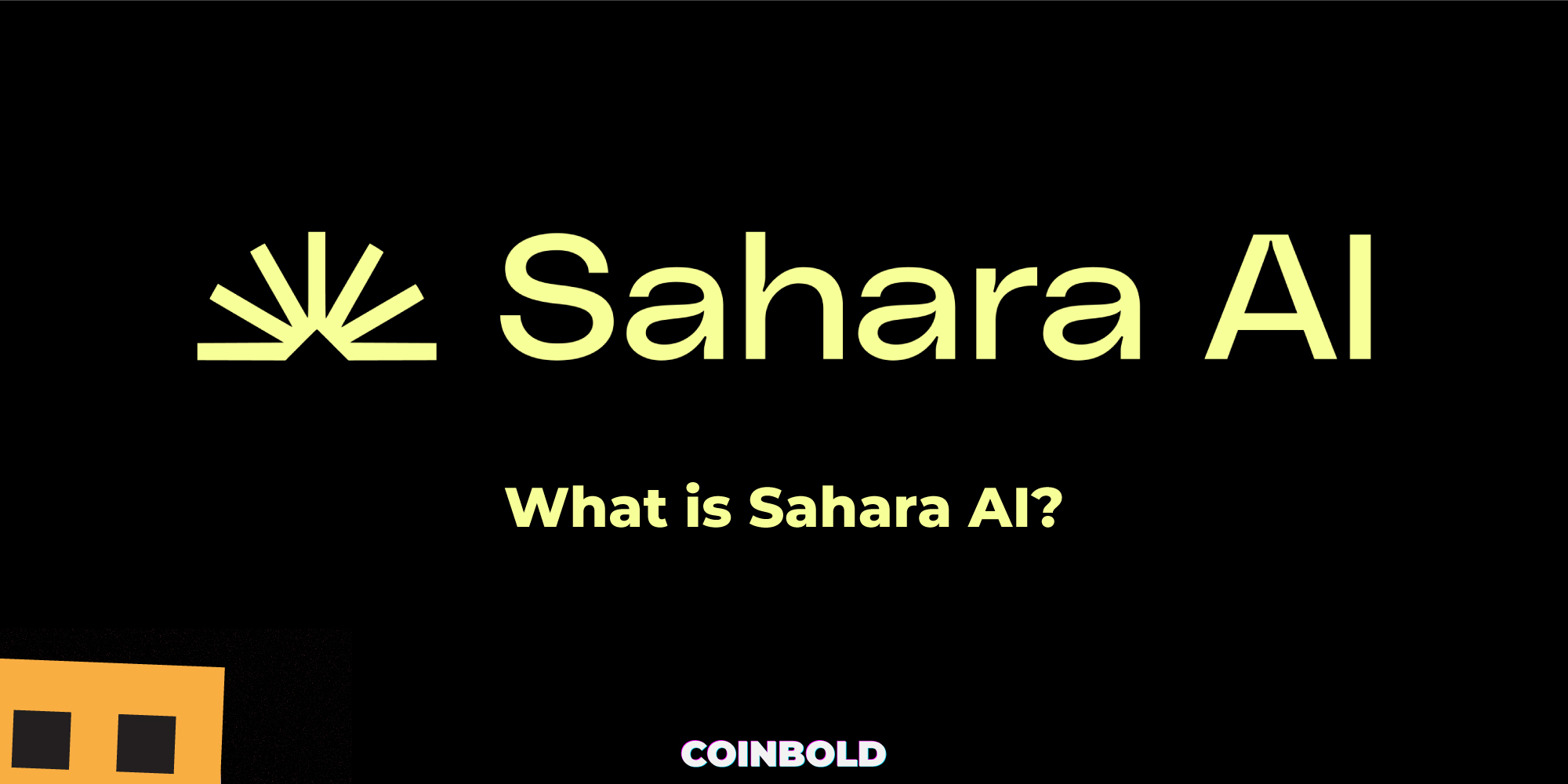



Leave a comment